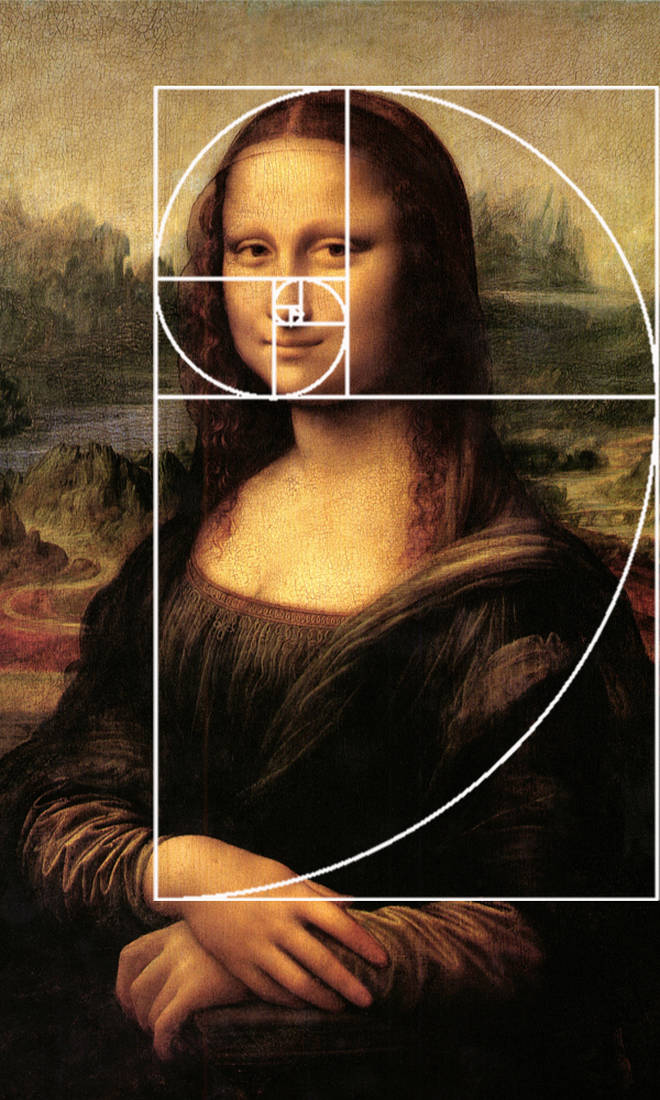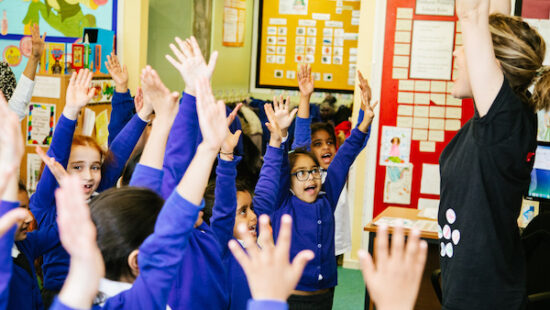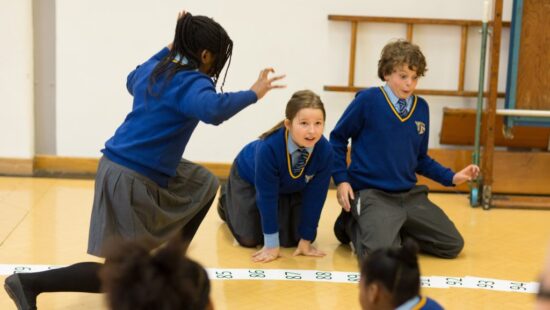The Fibonacci Sequence
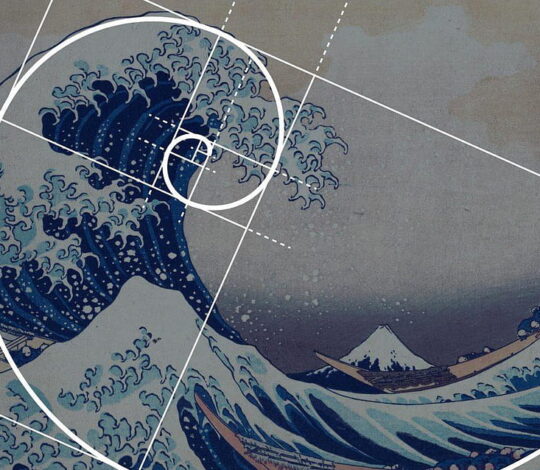
The Fibonacci Sequence
By Carys Owen (Cuckoo)
The relationship between the arts and maths may not seem immediately apparent, but upon closer inspection, the two fields are closely linked. The Fibonacci sequence, for example, is a mathematical concept that has been found in nature and the arts.
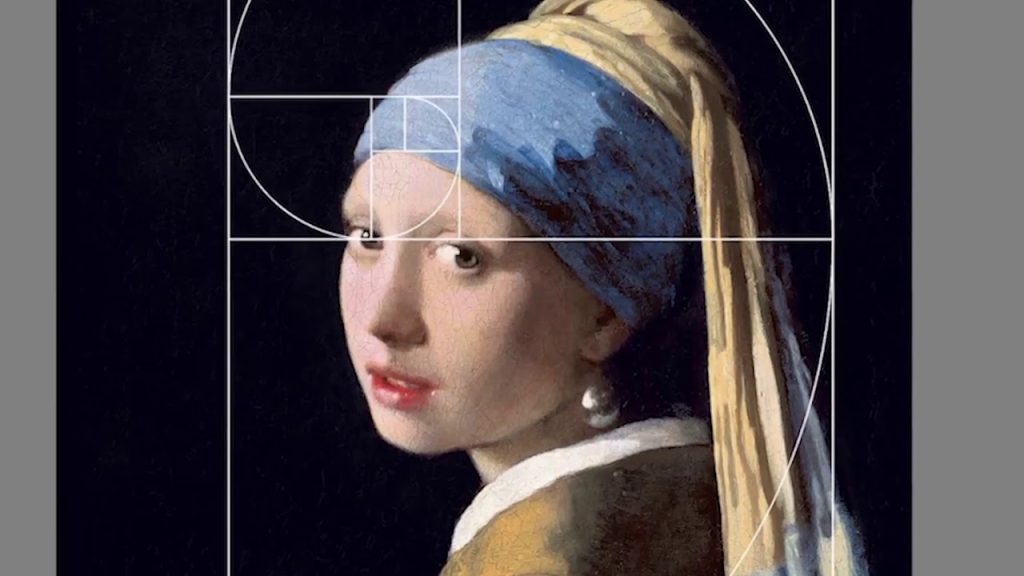
The Fibonacci sequence is a series of numbers in which each number is the sum of the two preceding ones. This sequence is found in the growth patterns of certain plants and animals, as well as in the composition of music and art. For example, the spiral pattern of a seashell can be explained by the Fibonacci sequence.
In the visual arts, maths plays a crucial role in determining perspective, symmetry, and composition. The Golden Ratio, which is derived from the Fibonacci sequence, is a mathematical concept used in art to create aesthetically pleasing compositions. Many famous artworks, such as the Mona Lisa and the Parthenon, have been designed using the Golden Ratio.
More recently, the modern development of computer-generated art has relied heavily on mathematical algorithms.
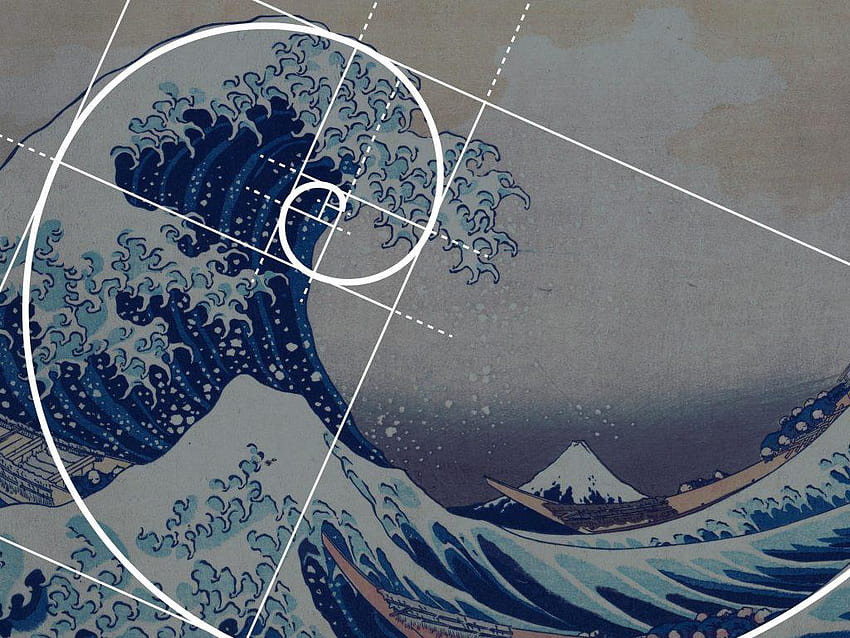
In music, maths is used to determine the rhythms and harmonies of a composition. Musical notation is a mathematical language that is used to communicate the structure of a piece. The rhythm and timing of a musical composition can be determined using mathematical principles such as fractions and ratios.
In theatre and dance, maths is often used to determine the timing and choreography of a performance, often using mathematical concepts to create patterns and movements.
Maths and art are intimately linked, and both fields can benefit from a deeper understanding of the other. By recognising the mathematical principles that underlie artistic expression, we can gain a deeper appreciation for the beauty and complexity of both art and maths.
Integrating the arts into maths lessons is an innovative way to engage young learners and make abstract concepts more concrete. For example, using dance or movement activities can help children understand geometric shapes and spatial relationships. Creating activities that involve measurement and calculation can reinforce skills such as fractions and percentages.
Music can also be used to teach counting, patterns, and even algebraic equations! By incorporating the arts into maths lessons, teachers can provide children with a multi-sensory learning experience that caters to different learning styles. Additionally, incorporating creativity and self-expression can boost children’s confidence and encourage a love of learning. Ultimately, teaching maths through the arts can help children develop a deeper understanding and appreciation for both subjects.
